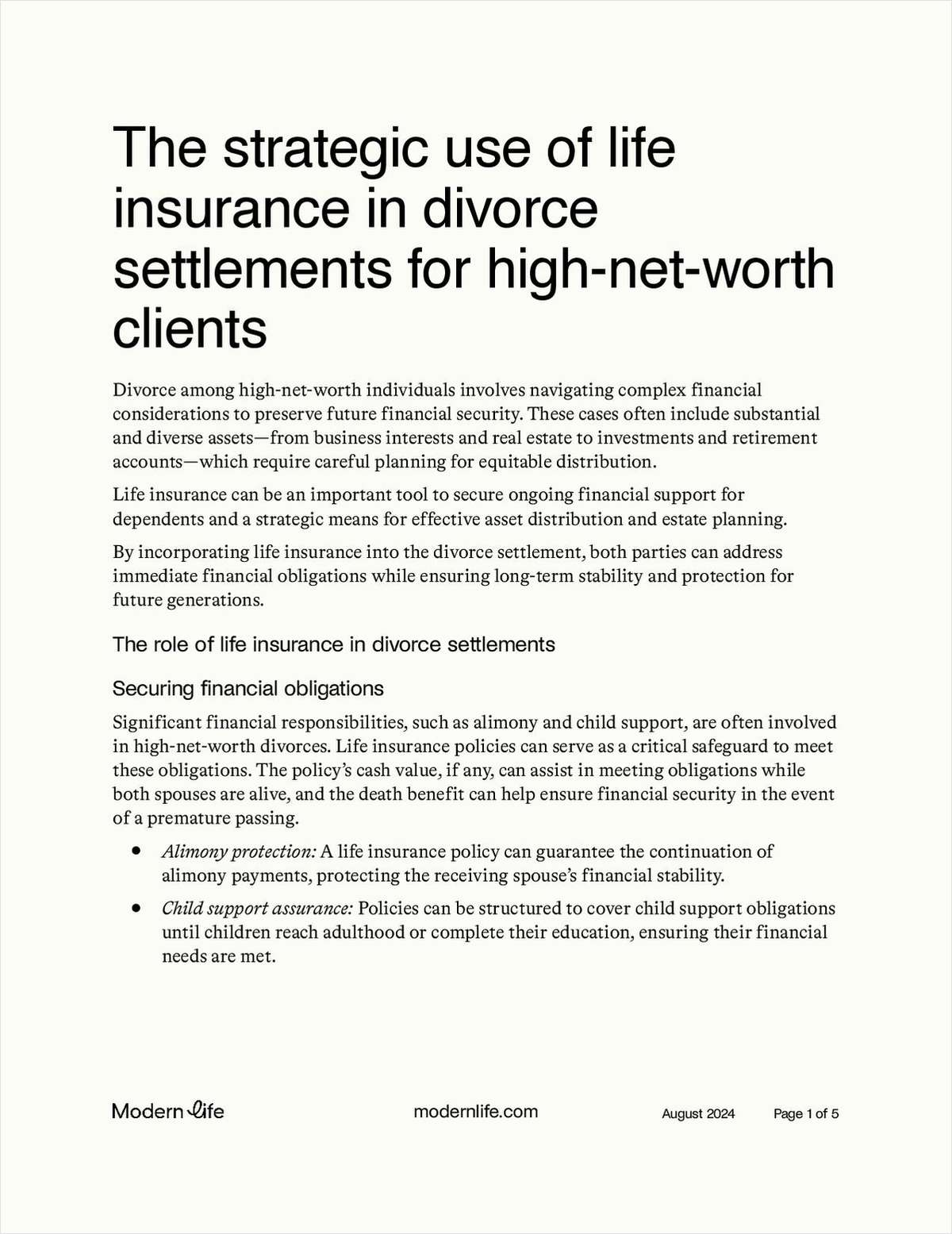Regulators should make sure that new rules for calculating capital requirements do not have unintended effects on insurers' solvency, an industry representative says.
John Bruins, a life actuary representing the American Council of Life Insurers, Washington, called for caution here at the winter meeting of the National Association of Insurance Commissioners, Kansas City, Mo., in response to an update on the C-3 Phase III project presented by Peter Boyko, chair of the life risk-based capital working group at the American Academy of Actuaries, Washington.
The current version of the C-3 Phase III proposal "is very broad in scope," and, "from an application standpoint, it exponentially increases the work of companies," Bruins said.
Implementing the current version of the rules could affect some insurers' financial strength ratings, and it could move the bar for measuring solvency enough to push some insurers into insolvency, Bruins said.
"There is a lot going on here," Bruins said. "We don't take solvency lightly and we shouldn't be looking at [C-3 Phase III] lightly."
Another attendee, Mark Birdsall, a representative for the National Alliance of Life Companies, Sarasota, Fla., urged that the people working on the C-3 Phase III project think about the importance of simplicity as the project progresses.
The AAA is working with state insurance regulators and others to develop C-3 Phase III, which is part of an effort to update the rules used to determine how much capital must be set aside to back various insurance products.



